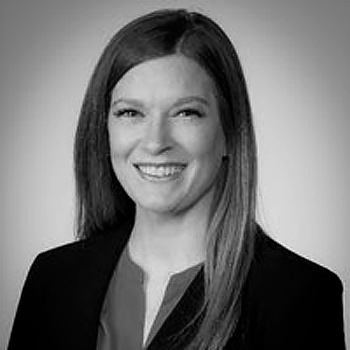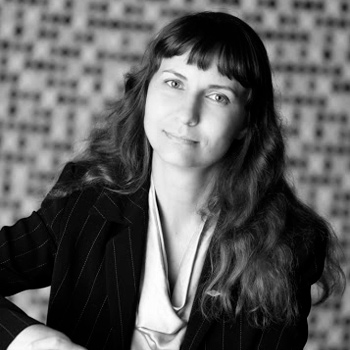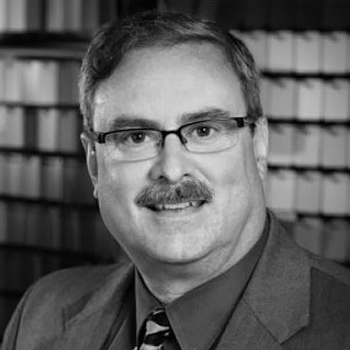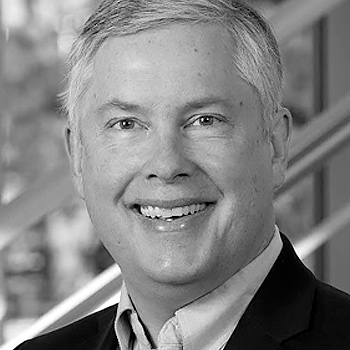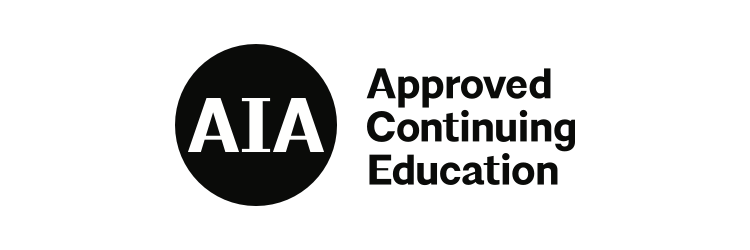Building Science Master Summit
EVENT THEME
Building Up Design Performance
Day 2 | New Sessions
Join us for the Building Science Master Summit, where architects, industry analysts and building science experts come together to:
- Share the latest CEU content
- Discuss market trends
- Explore innovative ways to achieve sustainability without sacrificing design goals by taking an “all six sides” approach to building envelope protection
You’ll have opportunities to earn AIA/HSW credit, connect with peers and engage with the experts. Plus, we’ll top off the day with interactive games and prizes.
view_agenda Agenda
1:00PM - 1:10PM
Welcome
1:10PM - 2:10PM
Credit type: 1 AIA HSW LU
Description
This course intended to draw the connections between global climate action goals and the role of the built environment in achieving zero carbon emissions by 2050. Attendees will gain an in depth understanding between the embodied carbon of building products and how the operational carbon of the built environment is linked to material choices. Speakers will delve into the concept of driving embodied carbon towards zero while simultaneously improving the operational efficiency of buildings, which is a key component of reducing operational carbon to the same goal of zero emissions by 2050.
Learning Objectives
- Explain the connection between greenhouse gas emissions, global climate action goals and the role of the built environment in addressing climate change.
- Understand the challenge of connecting the product level view to the whole building view when managing the carbon impact of a building across the entire life cycle.
- Provide an updated view of embodied carbon vs avoided carbon emissions in light of regulatory changes and global climate actions
- Discuss the interconnectivity of innovation and market drivers in product formulation development and building design as we drive towards zero carbon
2:10PM - 2:20PM
BREAK
2:20PM - 3:20PM
Credit type: 1 AIA HSW LU
Description
Thermal insulation is used more than in occupied buildings to achieve energy savings and provide healthy surroundings and occupant comfort. Numerous industrial applications of insulation require thermal insulation operating at temperatures much lower than “room temperature”. In this talk, we will compare various thermal insulations destined for those applications, with emphasis on mechanical, thermal, and moisture effects. We will outline the thermal, moisture, and physical stresses typical of low-temperature applications such as low-temperature processing buildings, ice rinks, cold chain transportation, refrigerated industrial piping and infrastructure uses like hydro transmission line frost protection and permafrost protection of roadways. Each application will be examined so that the proper insulation material(s) and assemblies are selected to ensure long-term thermal and mechanical performance under each application’s specific needs.
Learning Objectives
- Learn about various low temperature applications where rigid thermal insulation is used
- Understand thermal, moisture, and physical stresses typical of low-temperature applications
- Understand properties, and benefits of different rigid thermal insulation types
- Understand capability of materials needed for specific low temperature application
3:20PM - 3:45PM
Virtual Exhibit: Solutions for All Six Sides of the Building Envelope Presented by DuPont Building Knowledge Center, TRUFAST® Walls and American Hydrotech
3:45PM - 4:45PM
Credit type: 1 AIA HSW LU
Description
This panel discussion explores building sustainable designs for energy efficiency, robust building performance and reducing carbon footprint with a focus on wall assemblies. Sustainable design demands the collaboration of architects, building and material scientists, engineers and the public sector all working together to design and build sustainable buildings that perform. Understanding building design options, rigorous testing protocols, and robust material choices are part of assuring final building performance meets design intent, not just on paper, but as installed and in use.
Learning Objectives
- Understand the distinction between energy savings, energy use, recycle content, renewable electricity, carbon dioxide emissions (“carbon”) and embodied carbon in various stages of LCA.
- Discuss the interconnectivity of innovation and market drivers in product formulation development and building design.
- Understand thermal insulation performance at different temperatures can impact operational carbon or energy use intensity.
- Understand the impact of fasteners on thermal, air and water barrier continuity and robust building performance.
- Discuss what is the “weakest link” of opaque wall assemblies that will determine the robustness as evaluated in current testing standards.
4:45PM - 5:00PM

